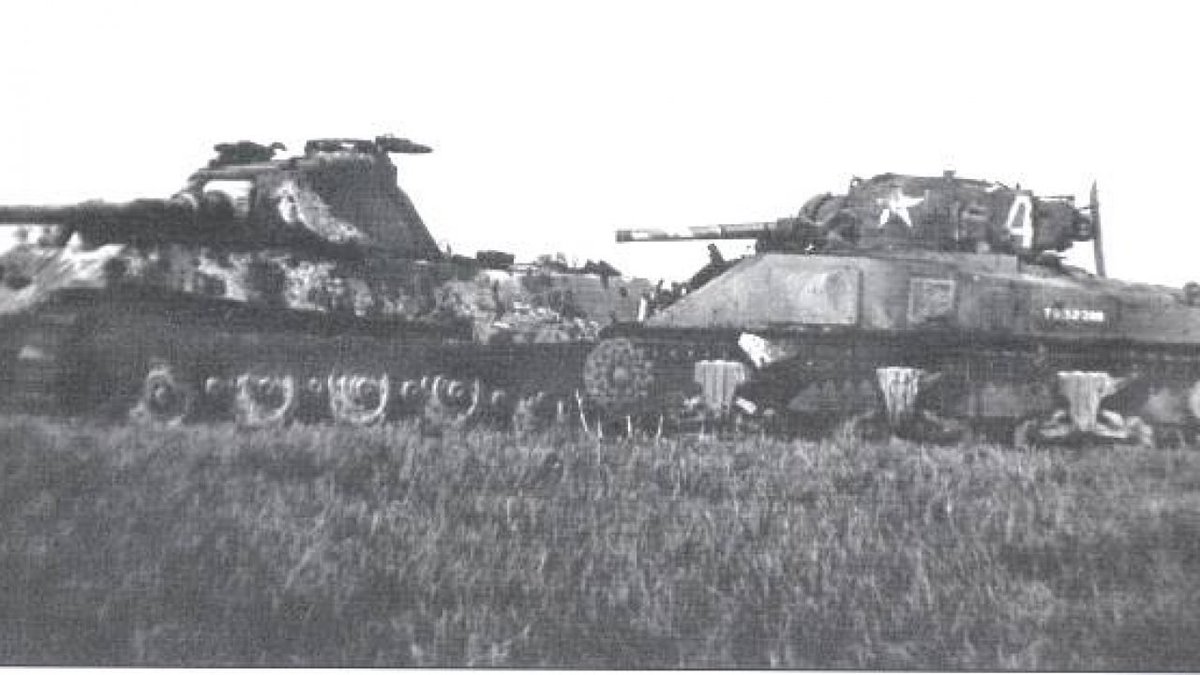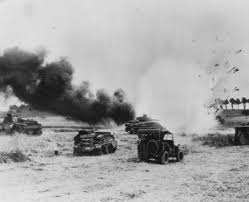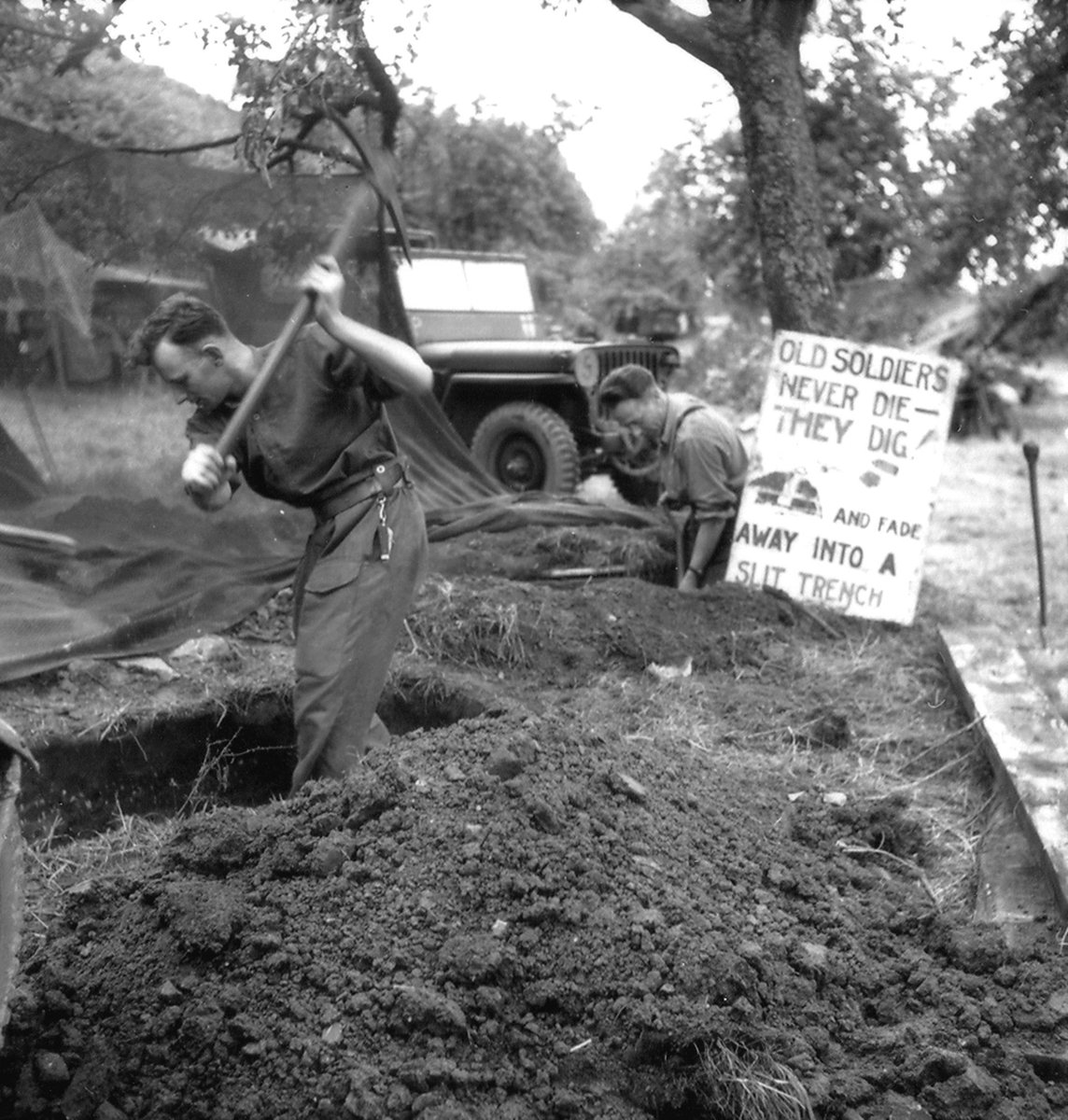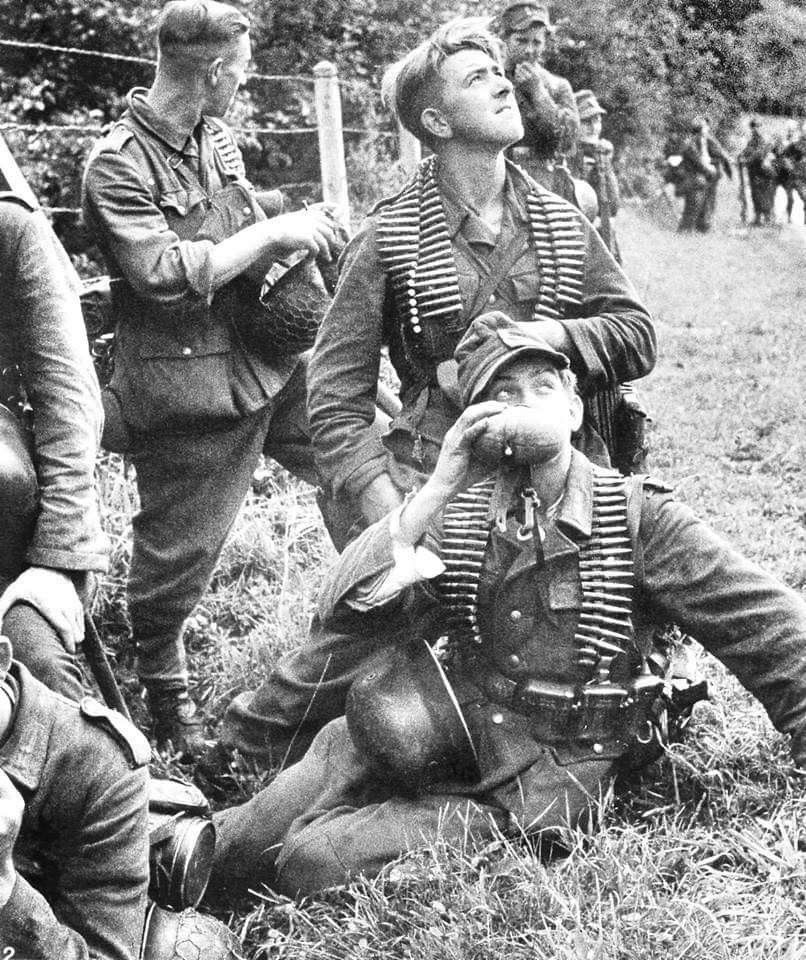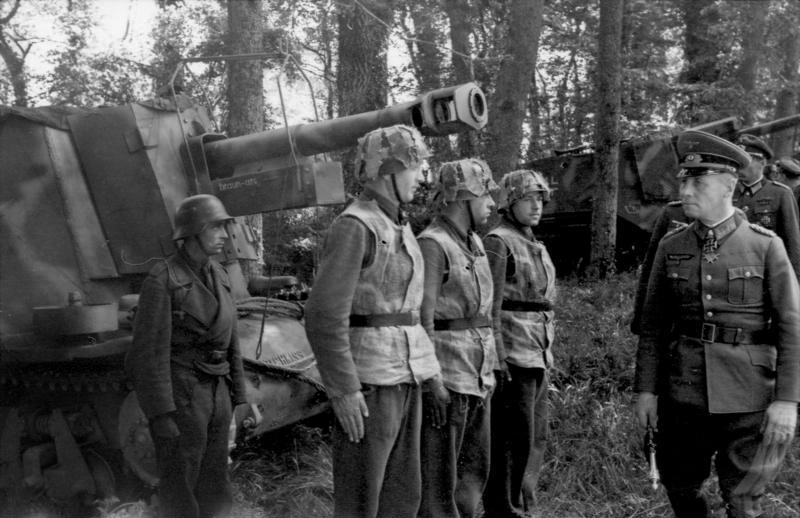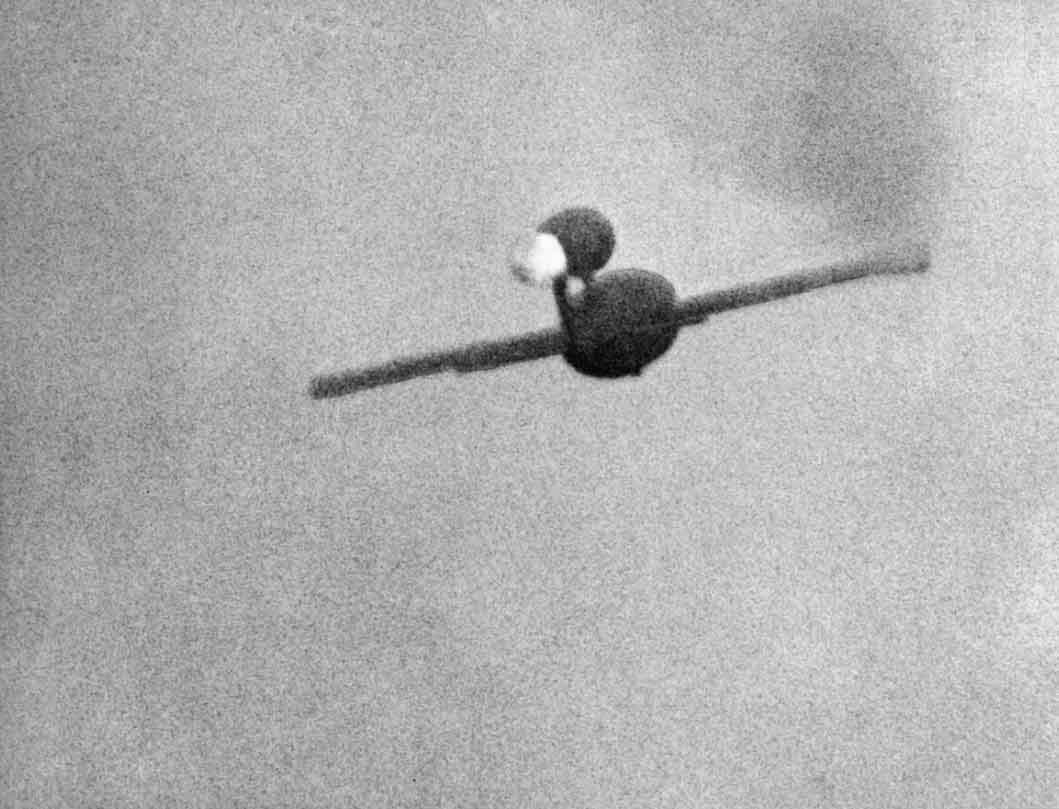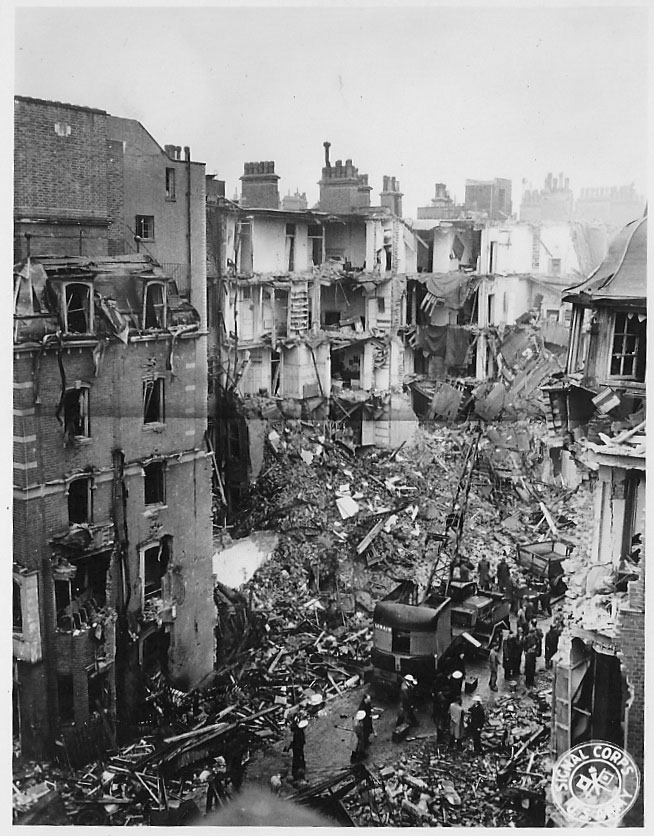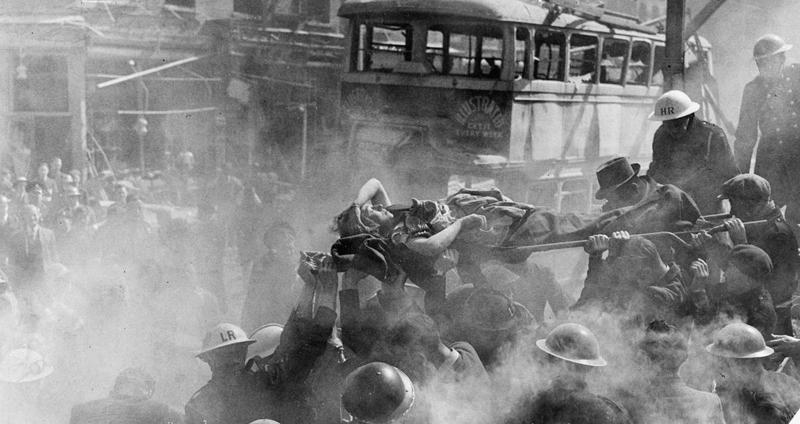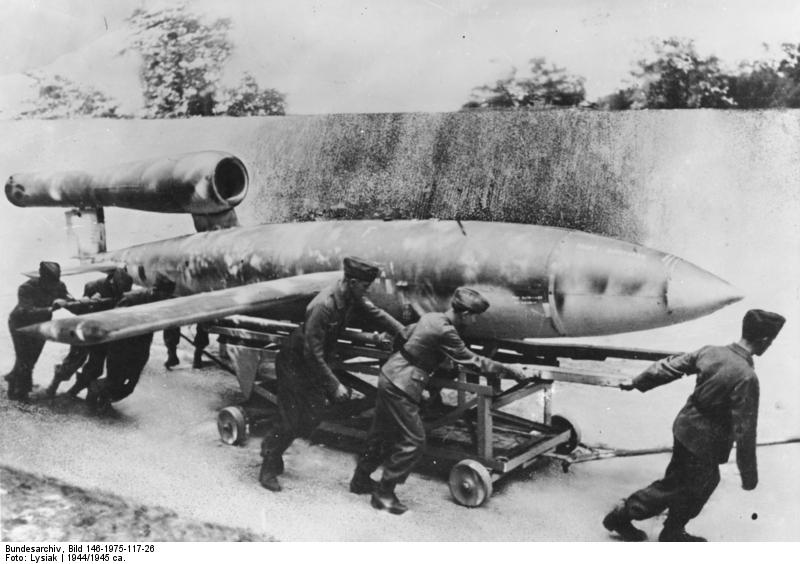
So what Regiment is such a mouthful that you have to seriously take a breath to say it, that was also Welsh (that everyone forgets) and involved in the Battle for France 1940?
101st Light Anti-Aircraft & Anti-Tank Regiment
Here is their story: well intense. /1
#WW2 #SWW #History
101st Light Anti-Aircraft & Anti-Tank Regiment
Here is their story: well intense. /1
#WW2 #SWW #History

By 4 June 1940 pretty much all of the Welsh units in the BEF, (including) 1 RWF, 245 Field Company and 246 Field Company had been evacuated back to Britain.
Only one unit remained in action, and St Valery still stood.
*All images in this thread are sadly general* /2
Only one unit remained in action, and St Valery still stood.
*All images in this thread are sadly general* /2

On the morning of 10 June on the periphery of 51st Highland Division's perimeter a small shot up column of vehicles towing 2 Pounders, bearing 1st Armoured Division's Rhino & complimented by red and blue markings with a white 12 imposed on top, arrived: a curious combo. /3 



This was the remaining combat component of 101 Light Anti-Aircraft & Anti-Tank Regiment (101 LAA & AT Regt), who had long been detached from the Armoured Regiments they had been due to assist, instead fighting with the Division's Support Group in a series of defensive actions. /4 

Supply was always a problem, and they didn't have any Bofors guns until 1 June when Major Hardy's 44 Battery successfully blagged 11 of them in Cherbourg, w. no spare parts or ammo.
Pleading w. 11 Anti-Aircraft Battery to take pity on him & gained 1,500 rounds of ammunition. /5
Pleading w. 11 Anti-Aircraft Battery to take pity on him & gained 1,500 rounds of ammunition. /5

I mean this sounds like a lot of 40mm pew pew doesn't it?
Even so, this gave each gun just enough ammo for just over a minute's sustained firing. /6
Even so, this gave each gun just enough ammo for just over a minute's sustained firing. /6

So how did 101 LAA & AT Regt come about?
Odd name, right?
60 (RWF) Anti-Tank Regiment was converted from 53rd Division's 5 RWF back in 1938. On 13 October 1939 they detached from 53rd Welsh Division & went to Aldershot to reform into 101 LAA & AT Regt (there's a mouthful). /7
Odd name, right?
60 (RWF) Anti-Tank Regiment was converted from 53rd Division's 5 RWF back in 1938. On 13 October 1939 they detached from 53rd Welsh Division & went to Aldershot to reform into 101 LAA & AT Regt (there's a mouthful). /7

101 LAA & AT Regt was an experimental regt in 1st Armoured Div.
Quite the promotion from neglected Home Forces Div to premier Armoured Division.
New kit was slow to arrive & they had no Bofors before leaving for France.... so the LAA & AT Regt had no LAA.
A good start. /8
Quite the promotion from neglected Home Forces Div to premier Armoured Division.
New kit was slow to arrive & they had no Bofors before leaving for France.... so the LAA & AT Regt had no LAA.
A good start. /8

237 and 239 Batteries each contained twelve 2 Pounder Anti-Tank Guns, while 43 and 44 Batteries each had around thirty six Lewis guns owing to the Bofors deficiency: reducing them to motorised infantry.
The 2 Pdr was a nifty piece of kit for 38-40.
As were Bofors guns. /9
The 2 Pdr was a nifty piece of kit for 38-40.
As were Bofors guns. /9

They arrived in Le Harve on 20 May & soon thrown into action, parcelled out w. 1 Sp Gp to defend the Seine bridges near Rouen.
Unfortunately on 26 May, Second Lieutenant Brian MacGillycuddy became their first fatality and Second Lieutenant Martin was taken prisoner w. 6 ORs. /10
Unfortunately on 26 May, Second Lieutenant Brian MacGillycuddy became their first fatality and Second Lieutenant Martin was taken prisoner w. 6 ORs. /10

43 & 44 Batteries acted as respective inf for 237 and 239.
They were avenged the following day when 43 Battery downed their first Dornier near Nallviliers w a near-obsolete Lewis guns in a blaze of gunnery, a pretty impressive feat.
101st's first kill of the campaign. /11
They were avenged the following day when 43 Battery downed their first Dornier near Nallviliers w a near-obsolete Lewis guns in a blaze of gunnery, a pretty impressive feat.
101st's first kill of the campaign. /11

Owing to their dispositions, Major LHH Payne found he lacked a lot of operational control, and had to devolve decisions to his Battery Comds.
Things began to come to a head on the day their new CO (Lieutenant-Colonel BD Cameron) arrived, relegating Payne to 2IC. /12
Things began to come to a head on the day their new CO (Lieutenant-Colonel BD Cameron) arrived, relegating Payne to 2IC. /12

Facing increasingly congested roads the two men decided that the Regiment's B Echelon, with their soft skinned support vehicles, would separate & attempt to get back to Brest for evacuation to Britain. /13 

Meanwhile the Chaplain, Captain Harold 'Padra' Kay repeatedly visited all the forward gun detachments, regardless of enemy action taking up cigarettes, mail & good humour to those most exposed positions, winning the Gunners' admiration.
/14
/14

Major Roger Charlton's 239 Battery first saw action against armour on 7 June at Aumele. He staggered redeployment of troops, allowing his 2 Pounders to cover each other & exact heavy toll on the enemy.
Roger was a pre-war Terrier from 5 RWF who always at the sharp of it. /15
Roger was a pre-war Terrier from 5 RWF who always at the sharp of it. /15

Both G & H Batteries destroyed several tanks & were steadily pushed back.
Cameron and Payne were captured, leaving Roger (a pre-war Terrier from 5 RWF) to command the Regiment through its most testing hours.
On 10 June it was clear they were facing dire predicament. /16
Cameron and Payne were captured, leaving Roger (a pre-war Terrier from 5 RWF) to command the Regiment through its most testing hours.
On 10 June it was clear they were facing dire predicament. /16

239 Battery attempted to lead the Regt's remaining column into St Valery, repeatedly blasting their way through enemy road blocks & pushing on.
No respite.
No possibility of retreat & their only hope of escape rested upon reaching St Valery. /17
No respite.
No possibility of retreat & their only hope of escape rested upon reaching St Valery. /17

In this frenetic push, Roger broke the Regiment down into smaller groups after 239 Battery lost their remaining 2 Pdr and transport. They were protected by a defiant rearguard of 10 ORs led by 2/Lt Wardrop, with the sound of intense Bren and Lewis fire to their rear. /18 

Upon reaching St Valery, Roger deployed the handful of remaining 2 Pounders from 237 Battery & managed to wrangle the evacuation of many of his men by sea.
Gunners loaded up into a handful of vessels and at near enough the last minute, managing to escape from St Valery. /19
Gunners loaded up into a handful of vessels and at near enough the last minute, managing to escape from St Valery. /19

Roger stayed behind to oversee the embarkation of as many of his men as possible, choosing to wait for stragglers after the vessels left.
For the remainder of 101 LAA & AT Regt the fight was not over, as he led a group of men further down the coast... /20
For the remainder of 101 LAA & AT Regt the fight was not over, as he led a group of men further down the coast... /20

succeeding in flagging down the small steamer Princess Maud & escaping at the last minute.
Others were caught and surrounded, standing alongside 51st Highland, while Wardrop led a dramatic if pyrrhic last stand on a grounded French gunboat with 4 ORs. /21

Others were caught and surrounded, standing alongside 51st Highland, while Wardrop led a dramatic if pyrrhic last stand on a grounded French gunboat with 4 ORs. /21


In total, conservative estimates are that 101 LAA & AT Regt, shot down 47 enemy aircraft with a further SIXTY probable kills*, while they destroyed at least 7 tanks. /22
*Hard to crossref all this innit.
*Hard to crossref all this innit.

A third of the Regiment was lost during the retreat and fight for St Valery, but Lieutenant AT Currie saw to it that B Echelon managed to embark at Le Harve and arrive back in Britain. /23 

In total 7 officers and 308 ORs made their back to Britain, a testament to Roger's unlikely evacuation from St Valery & earlier decision to split A and B Echelons.
That *anyone* made it back is fine testament to Roger Charlton's fine leadership & Payne's excellent groundwork /24
That *anyone* made it back is fine testament to Roger Charlton's fine leadership & Payne's excellent groundwork /24

It remains a travesty this remarkable story was *genuinely* forgotten by many historians in part due to the awkward transition of a Welsh Regt to Royal Artillery & very clunky rebrand.
And now, you know... spread the word. /thread
And now, you know... spread the word. /thread

• • •
Missing some Tweet in this thread? You can try to
force a refresh

